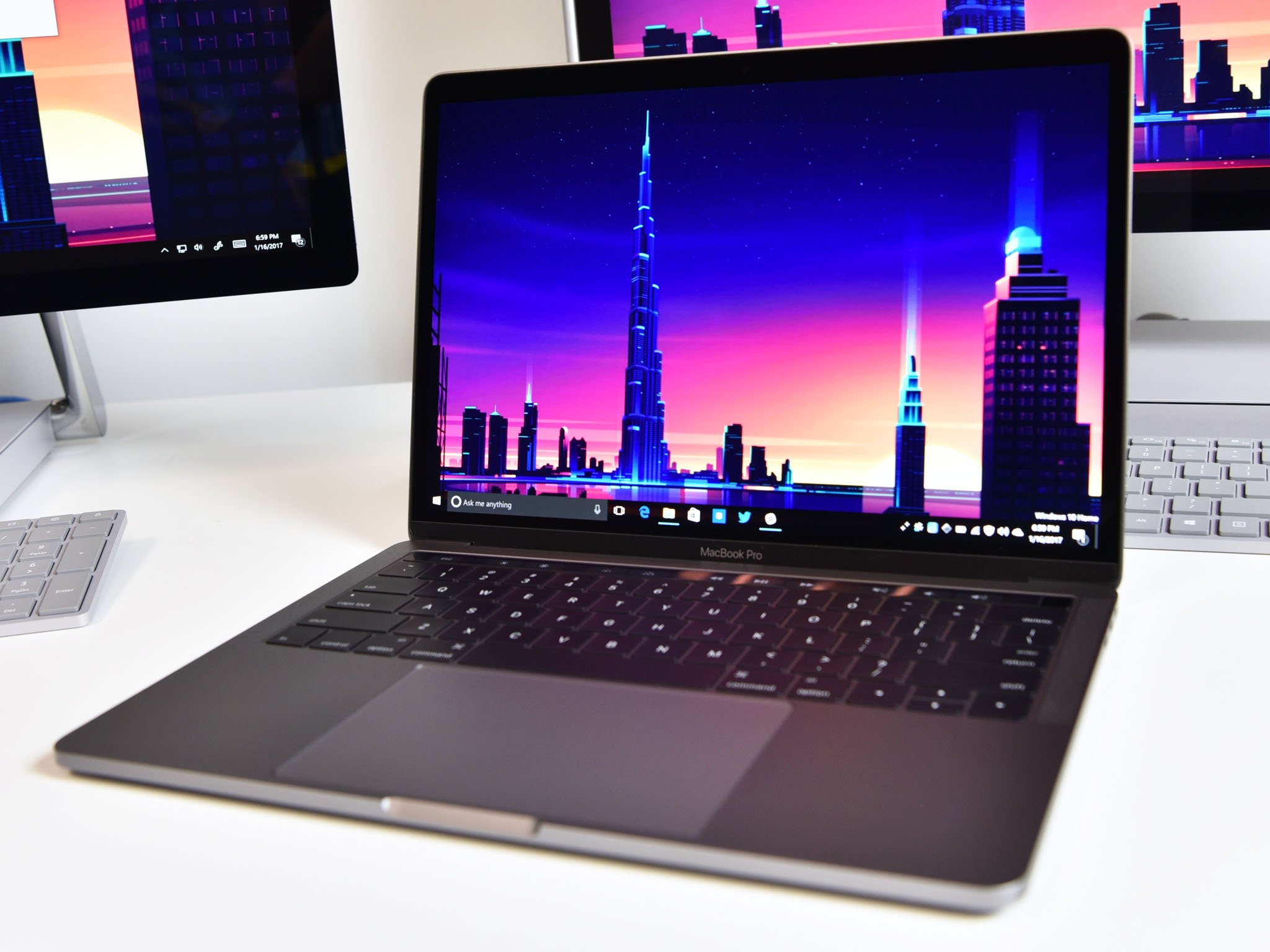Can I Access Mac Files In Boot Camp

Is it possible to access files on the mac partition when I boot directly into XP boot camp? As it stands, I can't see the files when I open the 'my computer' window or 'my network places' window. Thus, the only way I can access these files when using XP is to boot into XP using Parallels.

Have you ever accidentally deleted a file or folder from your Mac that was very important to you, such as your genealogy data files or your Great American Novel in progress? It’s truly a painful experience. You can avoid that heartache with an inexpensive USB flash drive and a little preparation!
This process is a “down and dirty” backup because it doesn’t protect your entire system automatically, the way El Capitan’s built-in Time Machine backup system does. It’s much cheaper than buying an external 1TB USB hard drive, however, and no setup is involved. Computer owners have been using this simple trick ever since the invention of the floppy disk. If you do decide to use Time Machine, you’ll find complete instructions on setting things up in the El Capitan Help system. Remember, you need to buy an external USB or Thunderbolt hard drive to use Time Machine!
If you don’t already have a USB flash drive handy, drop by your local electronics or computer store and buy one. Make sure that the drive you choose is labeled as being compatible with Mac OS X and that it provides at least 32GB of storage capacity.
Then you can use your USB flash drive to back up your important files, as follows:
- Plug the drive into your Mac’s USB port.
The drive should appear on your Desktop and in the Devices section on the left side of any Finder window. - Drag the files you want to back up to the USB drive icon in either location.
You can drag one file at a time or an entire folder’s worth of files.
With a “down and dirty” backup, you’re copying only those files that you absolutely can’t afford to lose. - When you’re done copying files, eject the flash drive by right-clicking the flash drive’s icon and choosing Eject from the pop-up menu.
Jan 29, 2019 Everything went ok, but when I'm on Windows, Mac disk isn't visibile, it's not on boot camp assistant on control panel, and if I try to reboot on Mac via the bootcamp icon, it says that it cannot find any disk. The only way is to reboot by holding down ALT. Oct 30, 2017 On the Windows side, only HFS partitions can be made visible using a BC6.0 driver. It is no longer supported in BC6.1 and higher. In your case, since you have an APFS container, which contains the Macintosh HD, there is no BC driver to read Macintosh HD inside the container. May 23, 2018 Step 3: Boot Camp will then proceed to download Windows support software. Depending on the speed of your internet connection, this can take anywhere between 5-10 minutes. Once downloaded, the installer will go ahead and partition the hard disk of your Mac and proceed forward with the installation process.
Boot Camp Access Mac Partition
Store that drive in a safe location. Repeat the process again as necessary to “freshen” your backup files.
Mac Boot Camp Switch
Restoring a file is as easy as plugging in the flash drive and copying the files back to your Mac’s hard drive.
Can I Access Mac Files In Boot Camp Windows 10
Have you created an Apple ID/iCloud account? If so, it’s also possible to back up those same essential files to your iCloud Drive instead of a USB flash drive. Instead of dragging the files to an external drive, drag them to the iCloud Drive entry at the left side of the Finder window. There are two caveats with iCloud Drive storage: first, there’s a set limit to the total capacity of your iCloud Drive (typically less than 5GB). Also, if you’re unable to log in to your iCloud account — either on your Mac or another person’s Mac — you can’t access those files.



